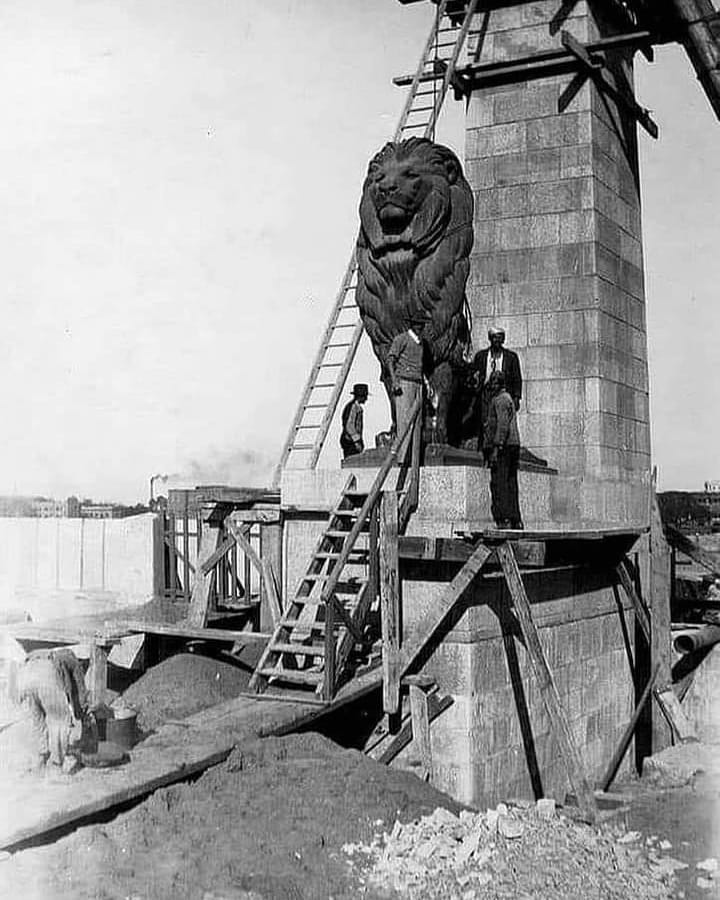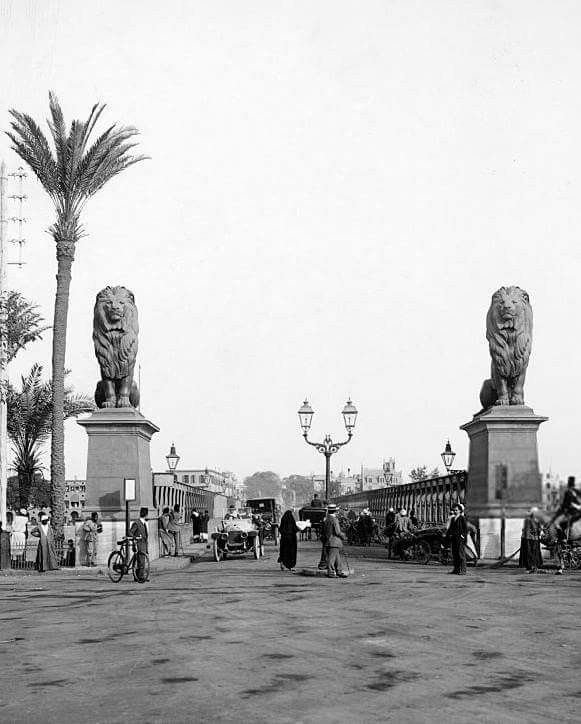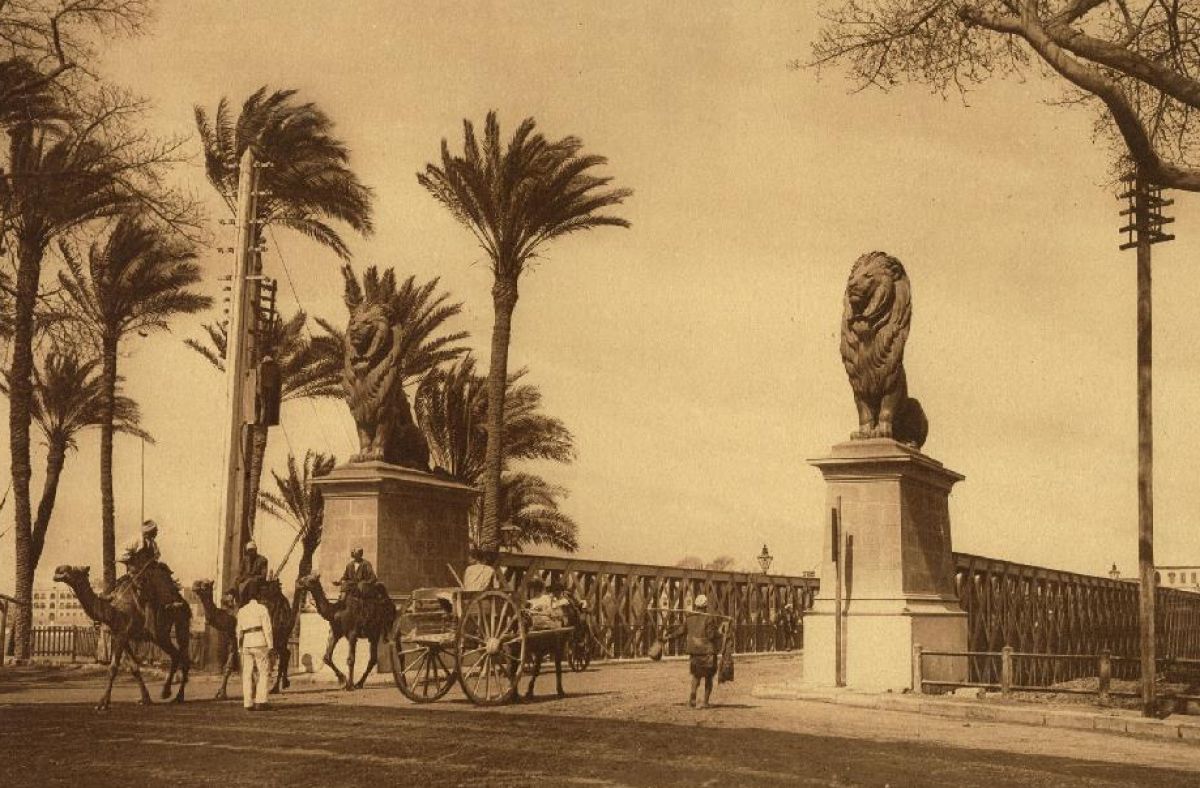CAIRO – 7 June 2022: On June 6, 1933, King Fouad inaugurated the Khedive Ismail Bridge, which is known today as Qasr al-Nil Bridge. It is the first bridge built over the Cairo Nile in 1869, and the second bridge built in Egypt in general after the Banha Bridge in 1856. It embodies Khedive Ismail's dream of turning Cairo into a piece of Europe.
The story of constructing Qasr al-Nil Bridge began when Khedive Ismail thought in 1868 of constructing a bridge linking Ismailia Square [currently Tahrir Square] and the West Bank of the Nile in the Gezira region, following the style of European cities.
This idea was convenient and practical compared to the availabile means of transportation between the two banks of the Nile at the time, which was done by sailing boats that are placed next to each other and on which planks of wood extend for people to walk on. Work began in earnest on the construction of the bridge in 1869.
The construction of the bridge lasted 3 years until mid-1871, at a cost of LE 113,850. It was 406 meters long and 10.5 meters wide. The construction company gifted Khedive Ismail a maquette for the bridge made of pure gold.


The bridge was made up of eight parts, including a movable part that was manually opened with gears on the side of Ismailia Square [Tahrir Square] with a length of 64 meters for boats and ships to cross. This is in addition to two final parts of 46 meters in length, and 5 intermediate parts of 50 meters each. The pillars of the bridge were established from rubble surrounded by a layer of hard limestone, and the foundations were made using the compressed air method.

The bridge openings were designed to be able to carry 40 tons, and to allow the passage of consecutive vehicles, each weighing 6 tons. The height of the bridge from the surface of the Nile was about 10 meters, in anticipation of the Nile flood. Four lions were placed at the bridge entrances, two on each entrance. They were specially made of pure bronze in France and transported to Cairo.
To ensure the rigidity of the bridge's body and its suitability for use, six cannons with all their ammunition were passed over it.
Comments
Leave a Comment